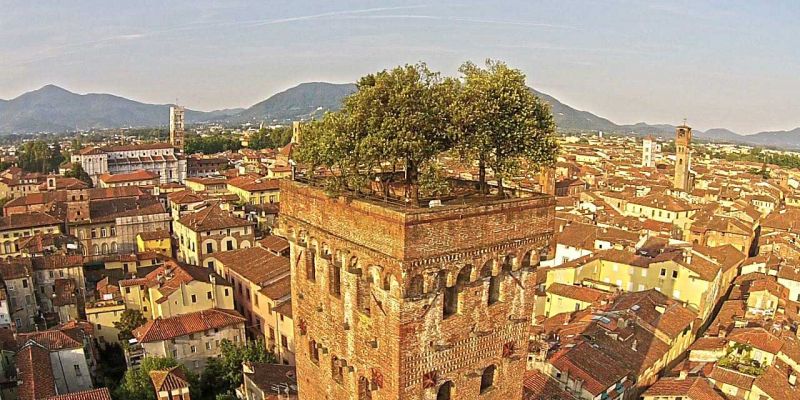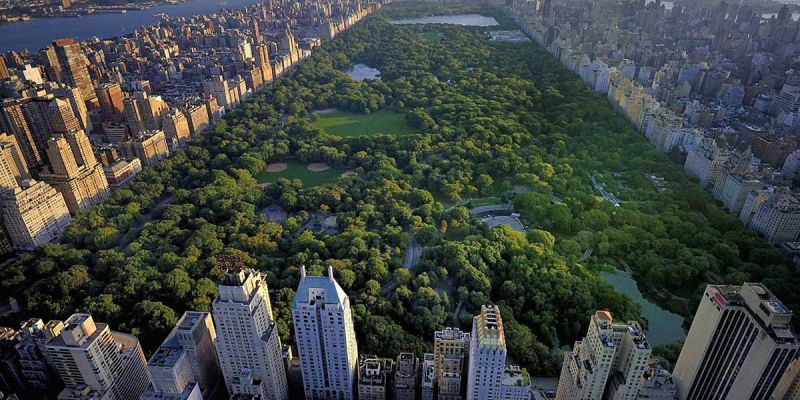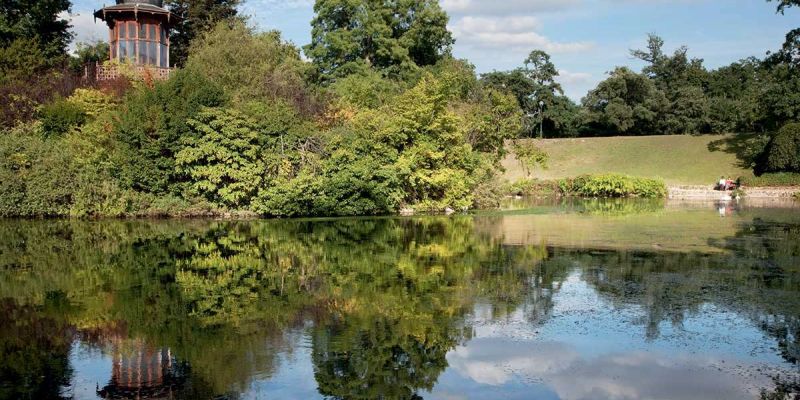Urban parks: Chapultepec Park in Mexico City
It is one of the biggest urban parks in the world, spanning a good 647 hectares of greenery and containing almost 40,000 trees from over 100 different species. It is a charming, magical place where you can indulge in a stroll and escape the chaos of one of the most densely populated cities in the world. We are talking about the “El Bosque de Chapultepec”, the park in Mexico City, which takes its name from the mountain located to the west of the city. The park is a veritable green oasis filled with entertainment, museums, paths, play parks, lakes and much more besides.
It is divided into three main areas. The famous Chapultepec Castle is found in the first. You will also find museums in the first area of the park, in addition to the castle. In fact, the Museum of Modern Art, the Tamayo Museum of Contemporary Art and the National Anthropology museum are all located here.
The second part of the park is where kids reign supreme. It is here that we find the La Feria de Chapultepec Mágico, an amusement park with incredible roller coasters, and the Papalote Museo del Niño, the children’s museum where interactive shows are held, all based around childhood.
A third area joins these first two, which is even more incredible and distinctive. It is a real nature reserve, a dense forest containing plants of all kinds. This is where you’ll also find the Atlantis Marine Park with dolphins and sea lions.
Inside the park there is also a zoo and several ponds where you can do some canoeing. The Bosque del Chapultepec is considered to be a true city heritage. It is extremely popular with families and tourists and a favoured spot for people who love going on picnics and running amongst nature. All year round the park is home to sports events, concerts, celebrations and theatre shows, as well as various other kinds of events, and represents the perfect example of how nature can be the perfect setting for culture.
Out of the many tree species found within the park, such as cedars, palm trees, redwoods, poplars, the Montezuma Cypress trees are worth mentioning, (Taxodium mucronatum). This is a tree variety that grows naturally in Mexico and southwestern Texas. It is used for ornamental purposes due to its remarkable beauty. It can grow to great heights and is popular for its thick, distinctive foliage.
In actual fact, there is a centuries-old specimen of this species of Cypress in Mexico, considered to be one of the largest trees in the world. It is the Árbol del Tule, named after the Church of Santa Maria del Tule, which is located near to it. The tree is found close to Oaxaca, the capital of the Mexican state of the same name. It is estimated as being over 1500 years old and according to the UNESCO World Heritage Listing Committee measures 35 metres in diameter and 30 metres in height. There are various legends about the tree which connect it to Aztec culture. Many call it the “Tree of Life” because numerous animals and insects appear and find refuge between its intricate, gnarled branches.





